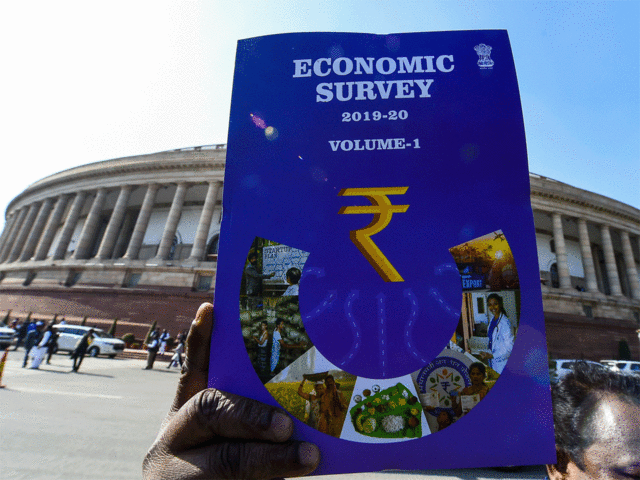ET View: Economic Survey revives an old tale about Microsoft
Microsoft has come a long way since then and even became the world’s most valued company. The Survey does not hold out a happy story.
by ET Bureau
The Economic Survey revives an old tall tale about Microsoft. A helicopter flying over Seattle loses all communication and navigation facilities. As its pilot struggles to find her bearings, she suddenly spots a tall building and quickly writes out a question in as large letters as she can squeeze in on as large a piece of paper she can lay her hands on: “Where am I?” People in the building see her plight and immediately write out a reply: “You are in a helicopter”. The pilot then finds her way to a spot where she could land. Her lone passenger asks her how she managed to figure out her coordinates from that cryptic answer. She replies that she figured out she must be above the Microsoft Tower, because the answer she got, like all Microsoft technical support and documentation, was technically correct and completely useless. The Survey is a bit like that.
Microsoft has come a long way since then and even became the world’s most valued company. The Survey does not hold out a happy story as in the case of either the pilot or Microsoft.
It fights bogeymen: socialism, public ownership, cronyism, state intervention in functional markets, opposition to improving ease of doing business. These ghosts have been exorcised long ago. The Survey discovers, with dazzling originality, that India’s banking is stunted, relative to the size of its GDP, and that non-banking finance companies can be fragile. But the solution to the asset liability mismatch inherent in bank or NBFC credit to infrastructure, a market for corporate bonds, is conspicuously absent in the Survey.
The Survey is eloquent about exports, but silent on the contradiction between efficiency that exports call for and the increasing doses of protection the government has been ladling out to industry to bloat their inefficiency.
The Survey champions the invisible hand of the market, but is loath to let the market determine if India should go in for labour-intensive assembly or capital-intensive lines of exports.
The Survey is delightful grist to the argumentative Indian’s mill, and a good exposition of econometrics put to real world use. Since governments stopped using Economic Surveys as a guide to policy some time back, this probably does little harm.